Chris Fifty
Google Scholar / CV / LinkedIn / Github
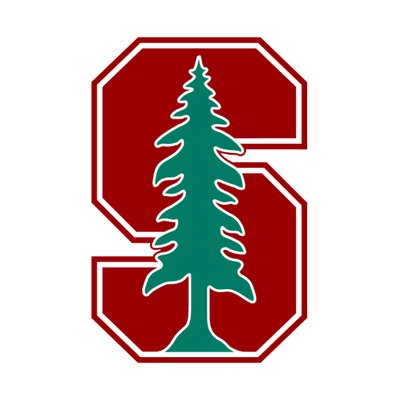
Non-inclusive set of personal highlights:
- First-author ICLR 2025 Oral publication (top 1.8% of papers).
- Stanford Triathlon club; competed in collegiate triathlon nationals & ran a 70.3 ironman.
- Took the math courses I wish I had in undergrad (i.e. honors analysis, topology, differential geometry, information theory, etc.).
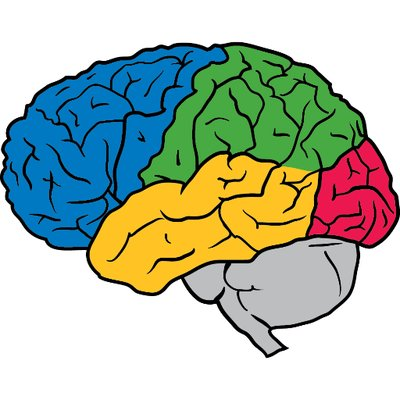
Some highlights:
- One of the youngest full-timers within Google Brain.
- First-author NeurIPS 2021 spotlight publication (top 2.8%).
- Built out the first deep learning content understanding models for YouTube videos.
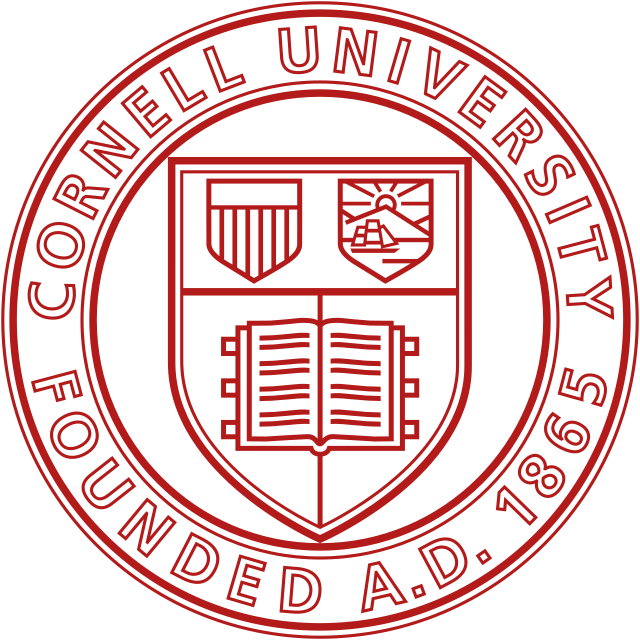
Writings
Personal Course Notes during my PhD
Latent Space Language Modeling
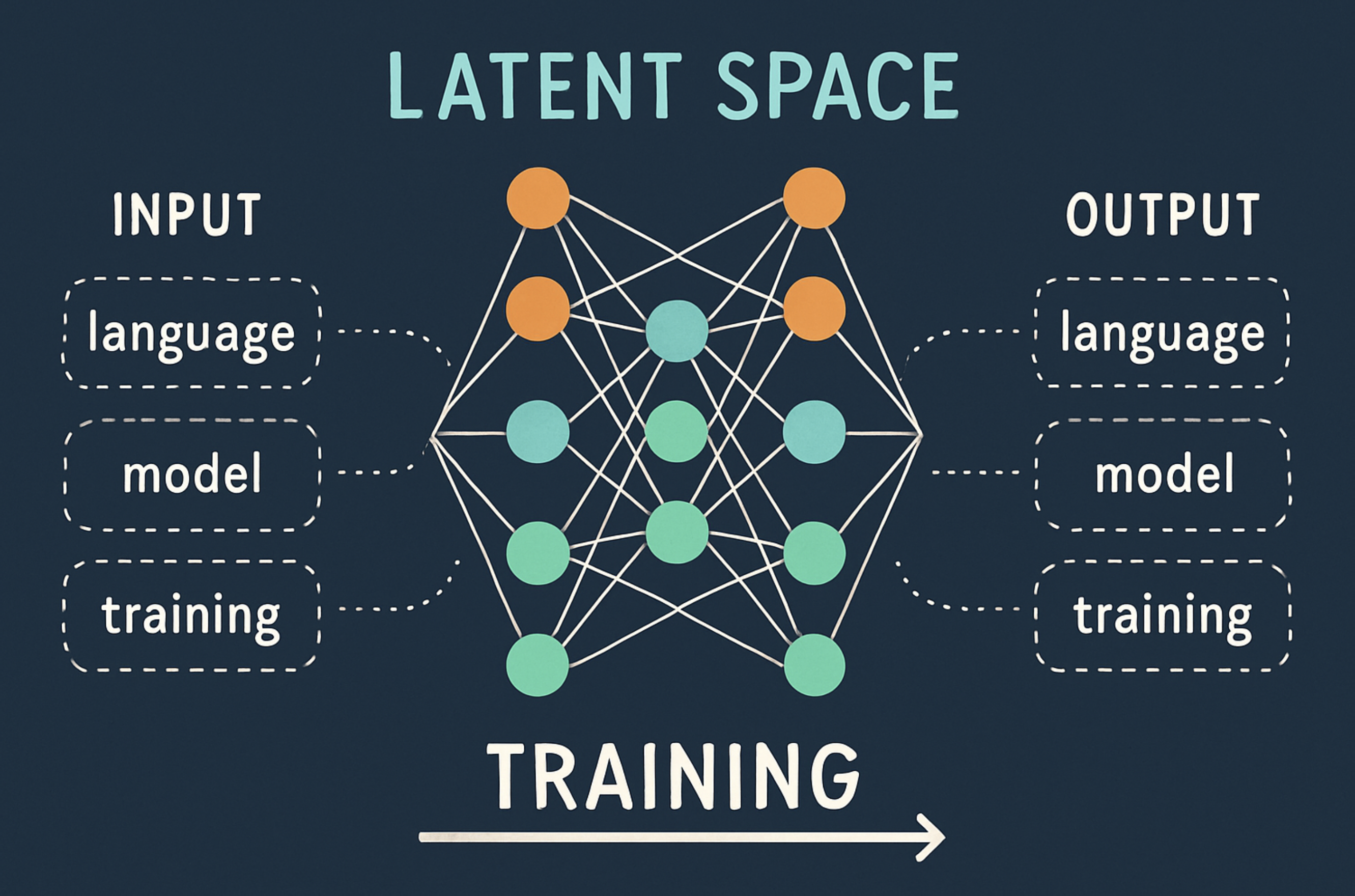 Is English—developed over millennia to suit the communication preferences of humans—really the ideal language that machines would use to think, reason, and learn? Almost certainly not.I've been working on a flavor of tokenization—to be precise, trying to train Language Models on a latent language designed for autoregressive modeling—off and on since January, but between graduating, starting a company, watching said company disintegrate...
Is English—developed over millennia to suit the communication preferences of humans—really the ideal language that machines would use to think, reason, and learn? Almost certainly not.I've been working on a flavor of tokenization—to be precise, trying to train Language Models on a latent language designed for autoregressive modeling—off and on since January, but between graduating, starting a company, watching said company disintegrate...
[Google AI Blog] Efficiently Identifying Task Groupings for Multi-Task Learning (NeurIPS 2021)
 We suggest an approach to select which
tasks should train together in multi-task learning models. Our method determines task groupings in a
single training run by co-training all tasks together and quantifying the effect to which one task's
gradient would affect another task's loss.
We suggest an approach to select which
tasks should train together in multi-task learning models. Our method determines task groupings in a
single training run by co-training all tasks together and quantifying the effect to which one task's
gradient would affect another task's loss.
Selected Publications
Restructuring Vector Quantization with the Rotation Trick
Christopher Fifty,
Ronald G. Junkins,
Dennis Duan,
Aniketh Iyengar,
Jerry W. Liu,
Ehsan Amid,
Sebastian Thrun,
Christopher Ré
International Conference on Learning Representations (ICLR), 2025 (Oral Award)
arXiv / code / video
Context-Aware Meta-Learning
Christopher Fifty,
Dennis Duan,
Ronald G. Junkins,
Ehsan Amid,
Jure Leskovec,
Christopher Ré,
Sebastian Thrun
International Conference on Learning Representations (ICLR), 2024
arXiv / code / video
Efficiently Identifying Task
Groupings for Multi-Task Learning
Christopher Fifty, Ehsan Amid, Zhe Zhao, Tianhe Yu, Rohan Anil, Chelsea Finn
Neural Information Processing Systems (NeurIPS), 2021 (Spotlight Award)
arXiv / code / blog
Step-size Adaptation
Using Exponentiated Gradient Updates
Ehsan Amid, Rohan Anil, Christopher
Fifty, Manfred K Warmuth
International Conference on Machine Learning (ICML), 2020
Beyond First Order Methods in Machine Learning Systems Workshop (Spotlight Award)
arXiv
Simplifying Graph
Convolutional Networks
Felix Wu, Amauri
Souza, Tianyi Zhang, Christopher Fifty,
Tao Yu, Kilian
Weinberger
International Conference on Machine Learning (ICML), 2019
arXiv / code
Projects
ImagineArt.ai
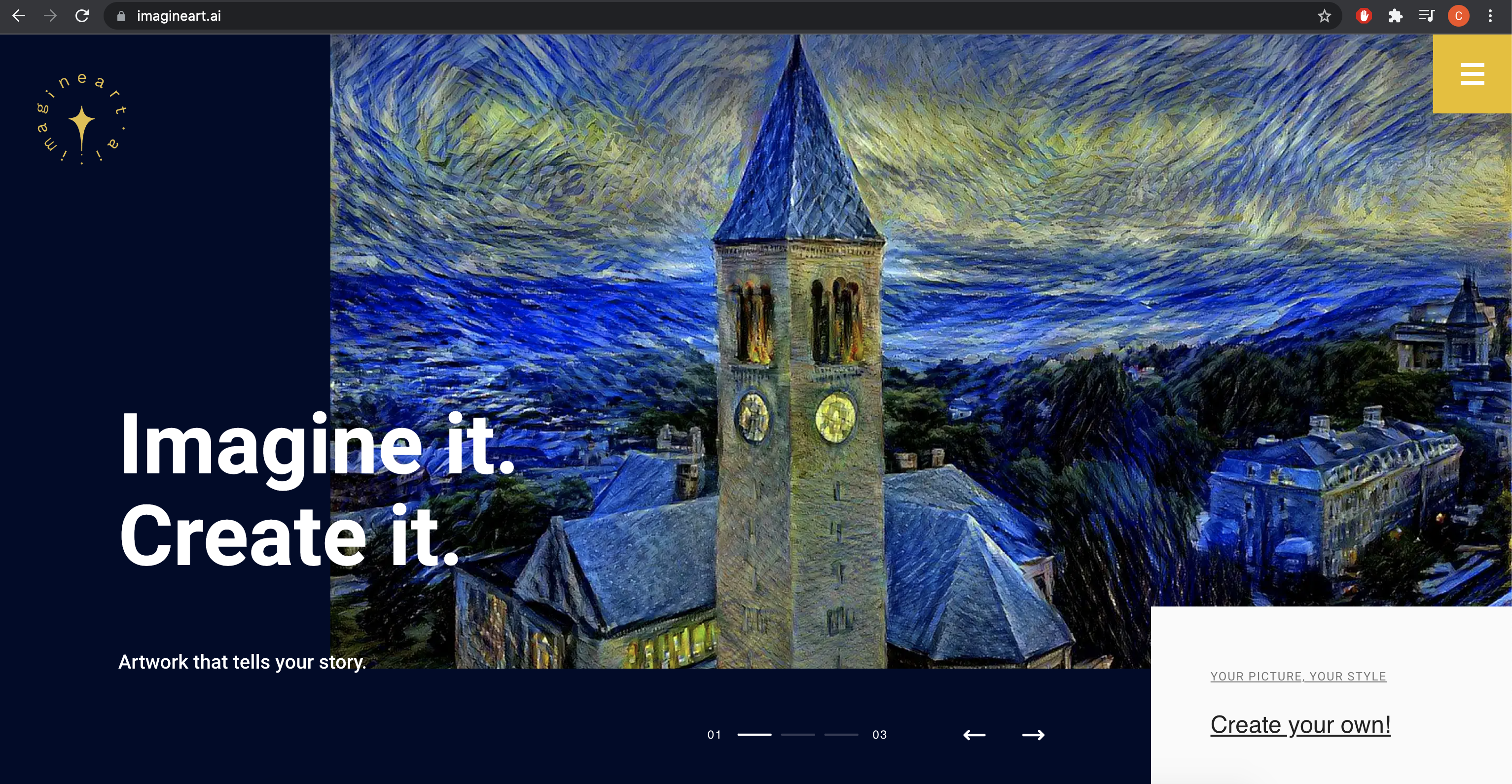 I founded a startup that
transforms any picture into a work of art artificial intelligence. To save on GPU cloud computing costs,
I built and host the deep learning server
from my bedroom configured with a static IP from my ISP. The deep learning server communicates with a
Firebase webserver via streaming GRPC and protobufs, and I wrote an improved neural style transfer
algorithm that reduces runtime from 60 to 10 seconds. PJ deserves credit for
coding up the Firebase webserver, front-end, and transaction processing logic. The logic of a customer
going from their first stylization to the canvas arriving at their doorstep is fully automated.
I founded a startup that
transforms any picture into a work of art artificial intelligence. To save on GPU cloud computing costs,
I built and host the deep learning server
from my bedroom configured with a static IP from my ISP. The deep learning server communicates with a
Firebase webserver via streaming GRPC and protobufs, and I wrote an improved neural style transfer
algorithm that reduces runtime from 60 to 10 seconds. PJ deserves credit for
coding up the Firebase webserver, front-end, and transaction processing logic. The logic of a customer
going from their first stylization to the canvas arriving at their doorstep is fully automated.
TheAlgoTA YouTube Channel
 I create education machine learning
content focusing on TensorFlow, hardware, and Natural Language Processing. My channel has around 75
subscribers, over 10,000 views, and around 330 hours of watch time.
I create education machine learning
content focusing on TensorFlow, hardware, and Natural Language Processing. My channel has around 75
subscribers, over 10,000 views, and around 330 hours of watch time.
Misc.
Teaching Assistant
- CS 229: Machine Learning.
- CS 224n: Natural Language Processing with Deep Learning.
- CS 4820: Introduction to Analysis of Algorithms.
- CS 4740: Natural Language Processing.
